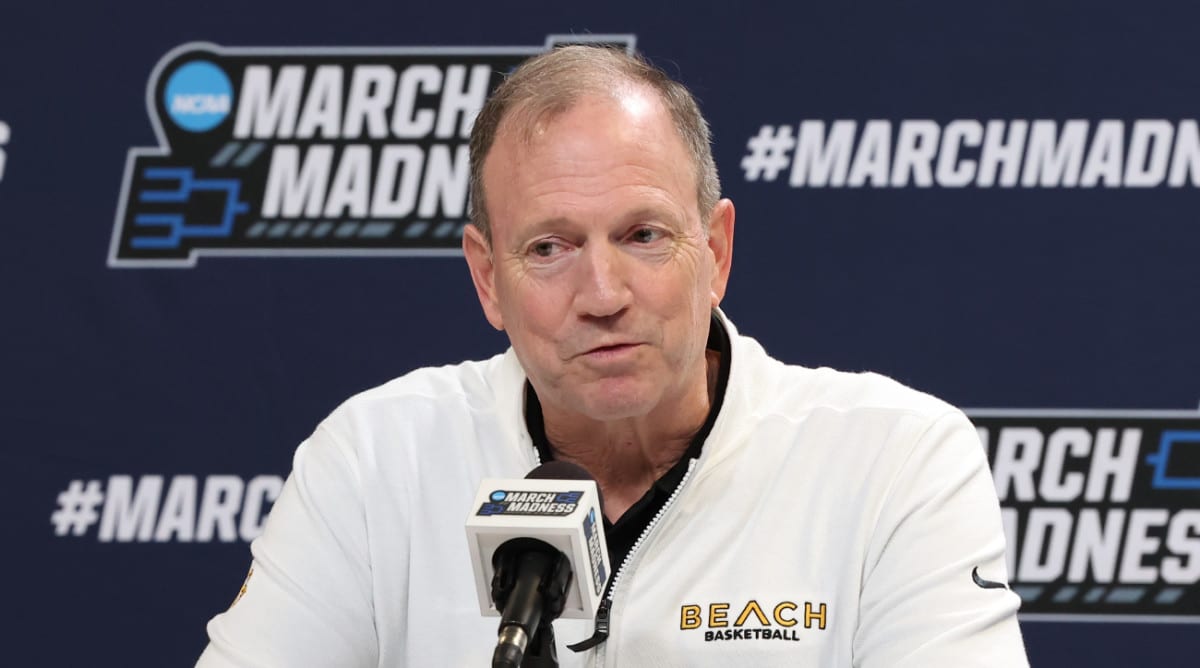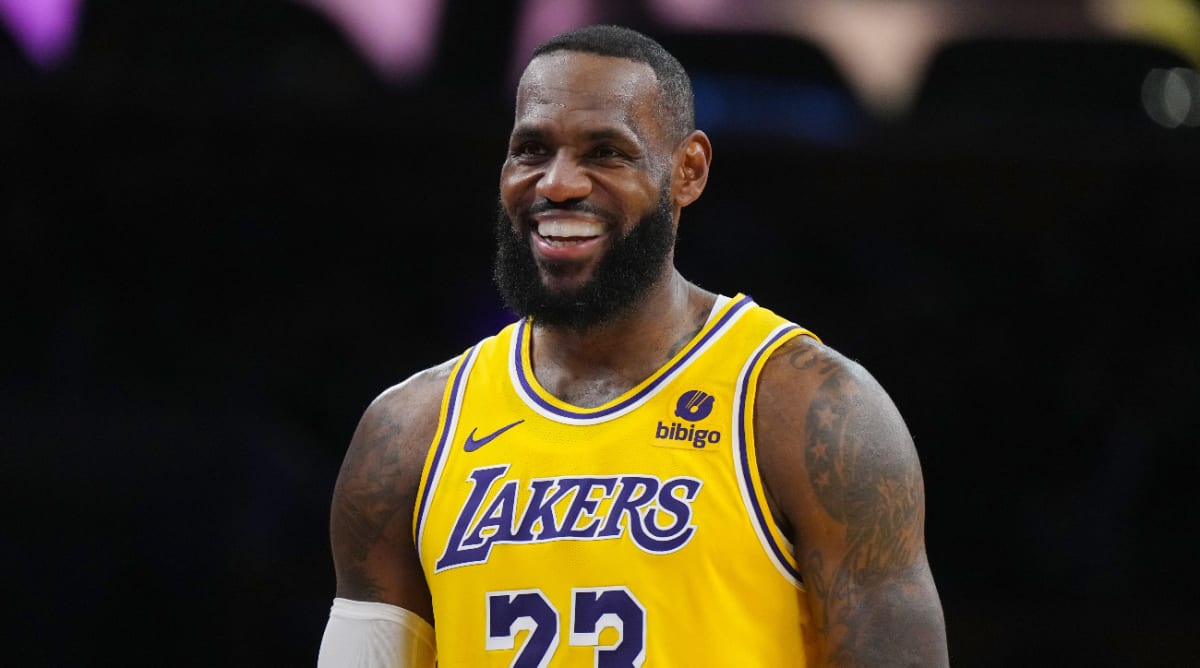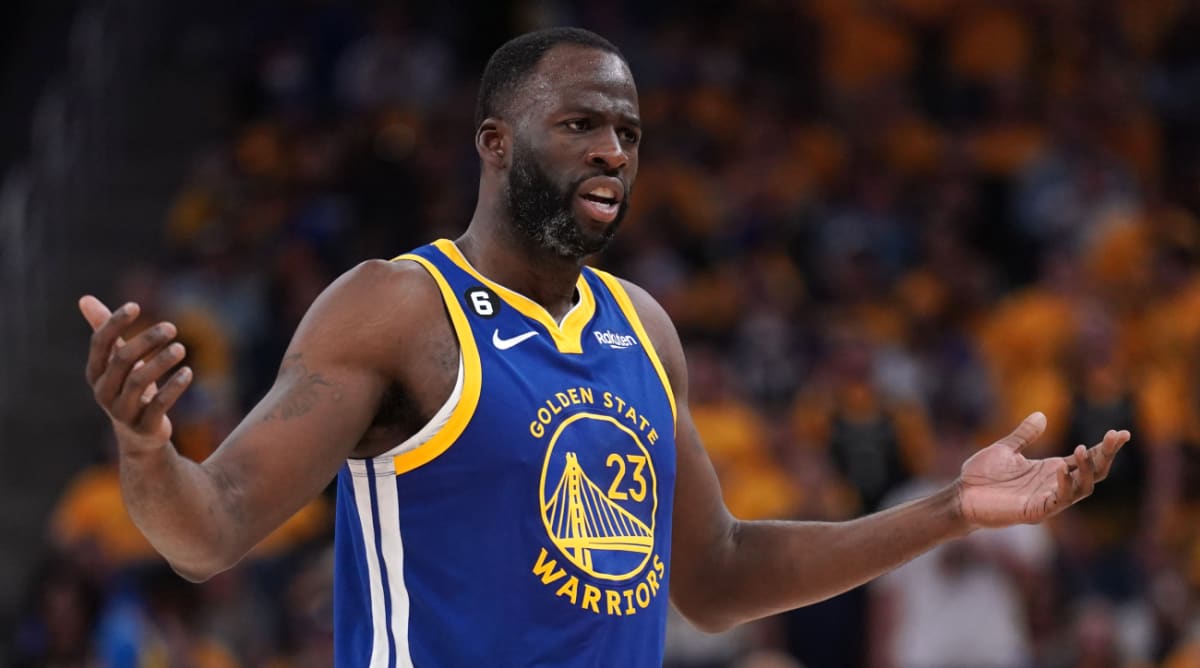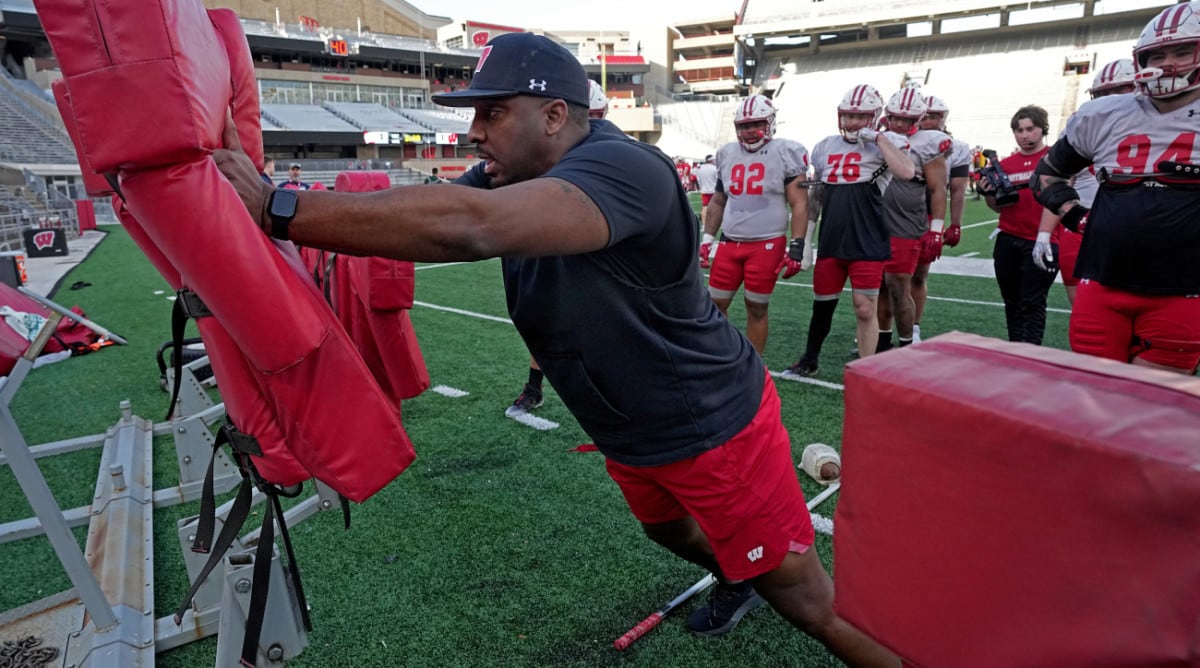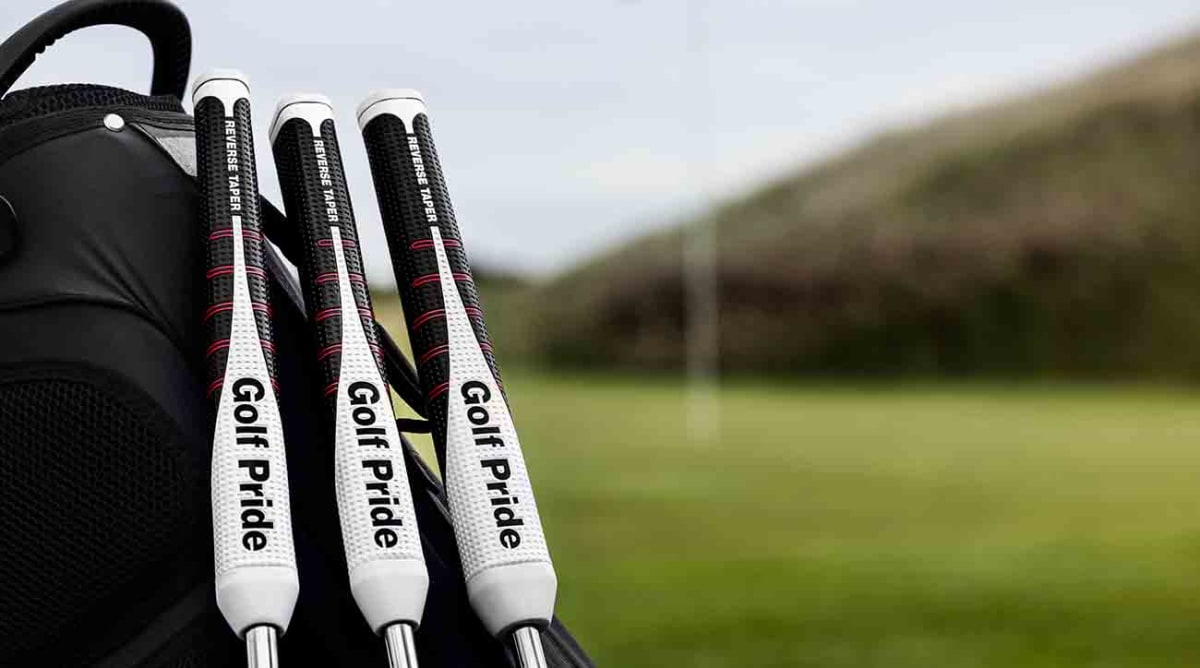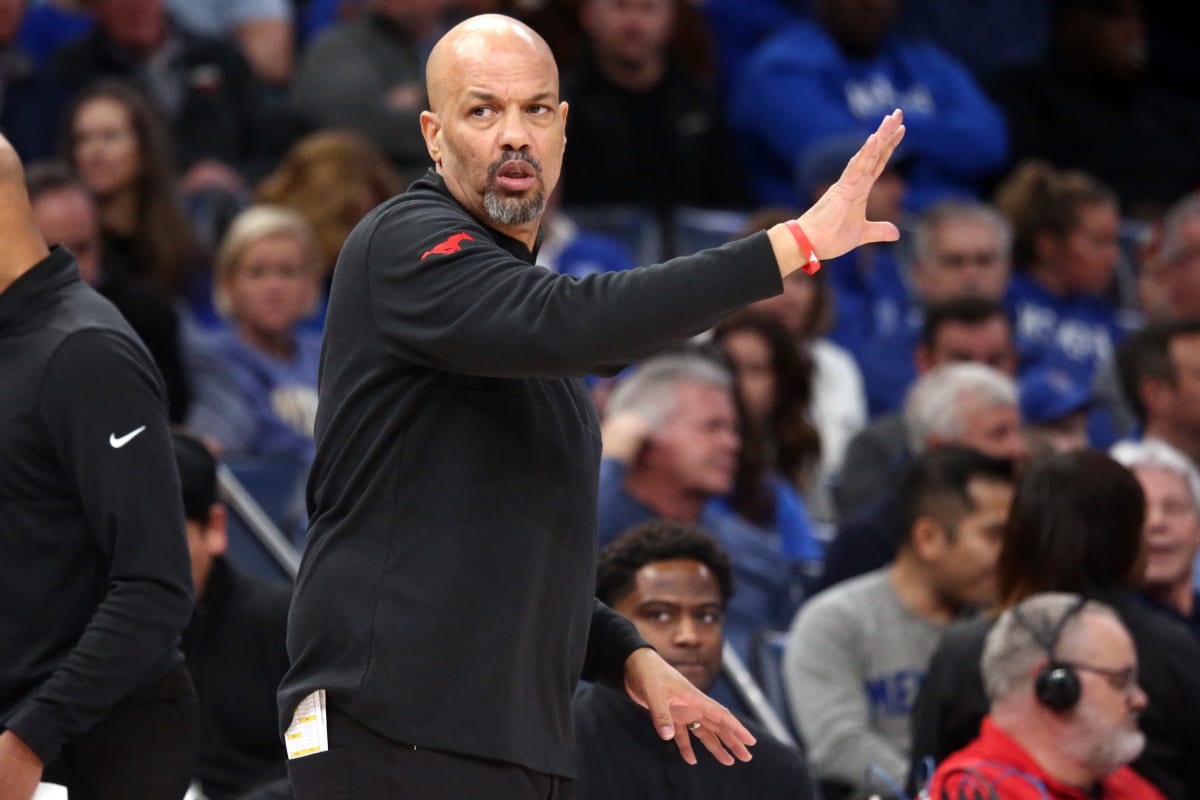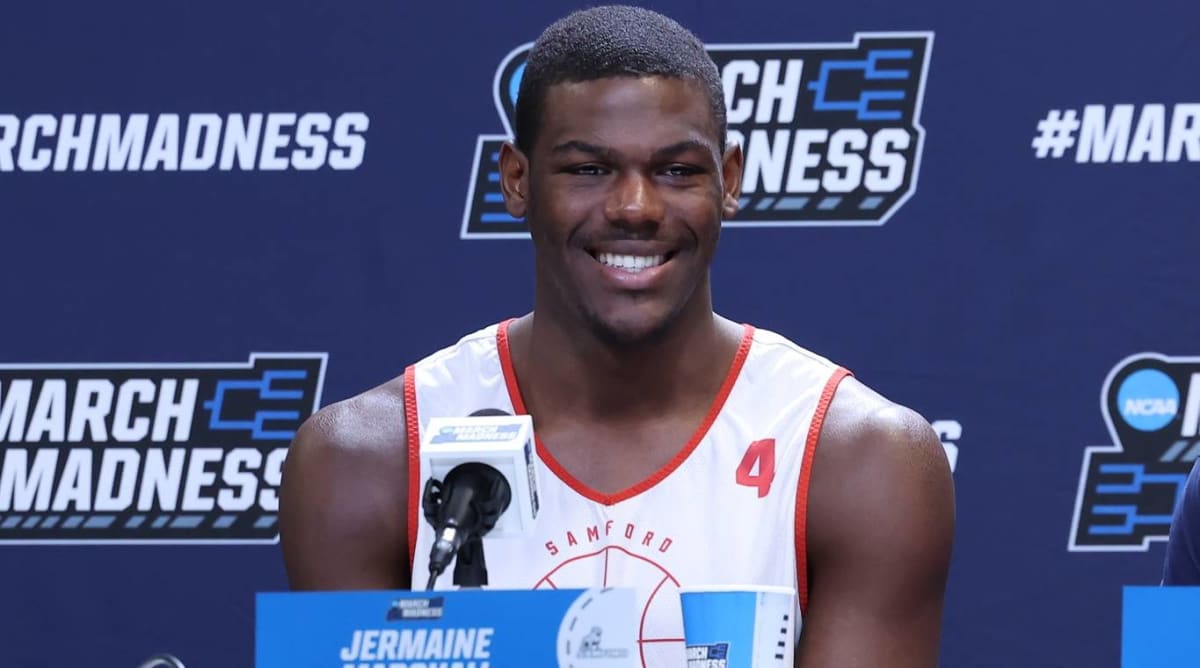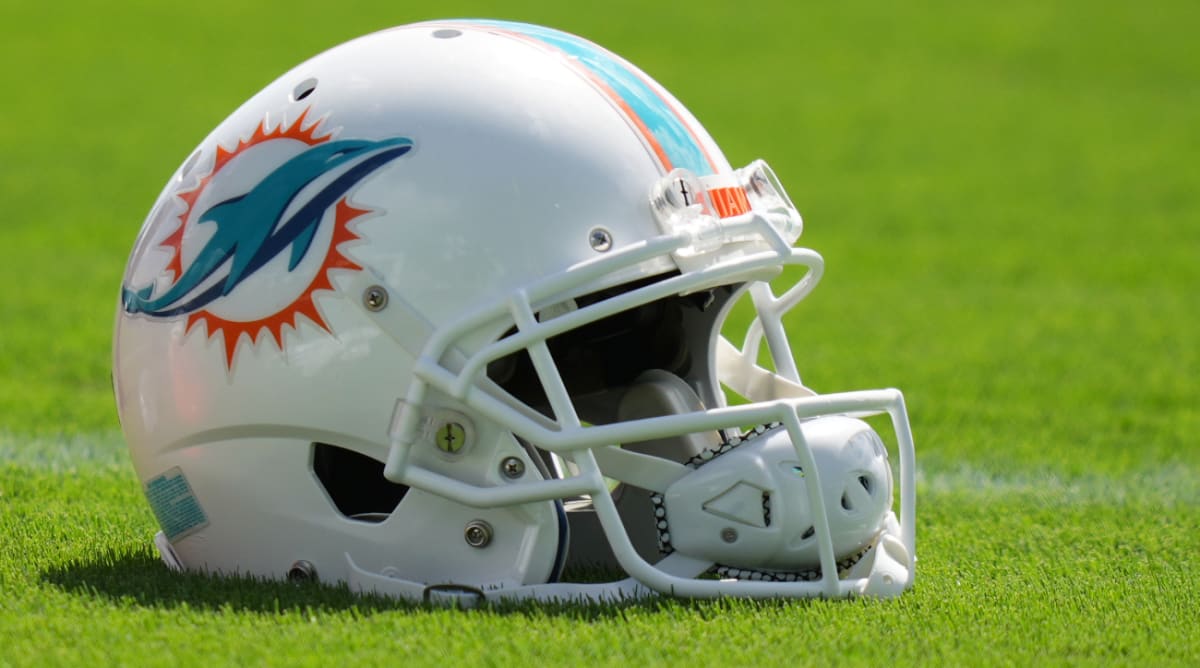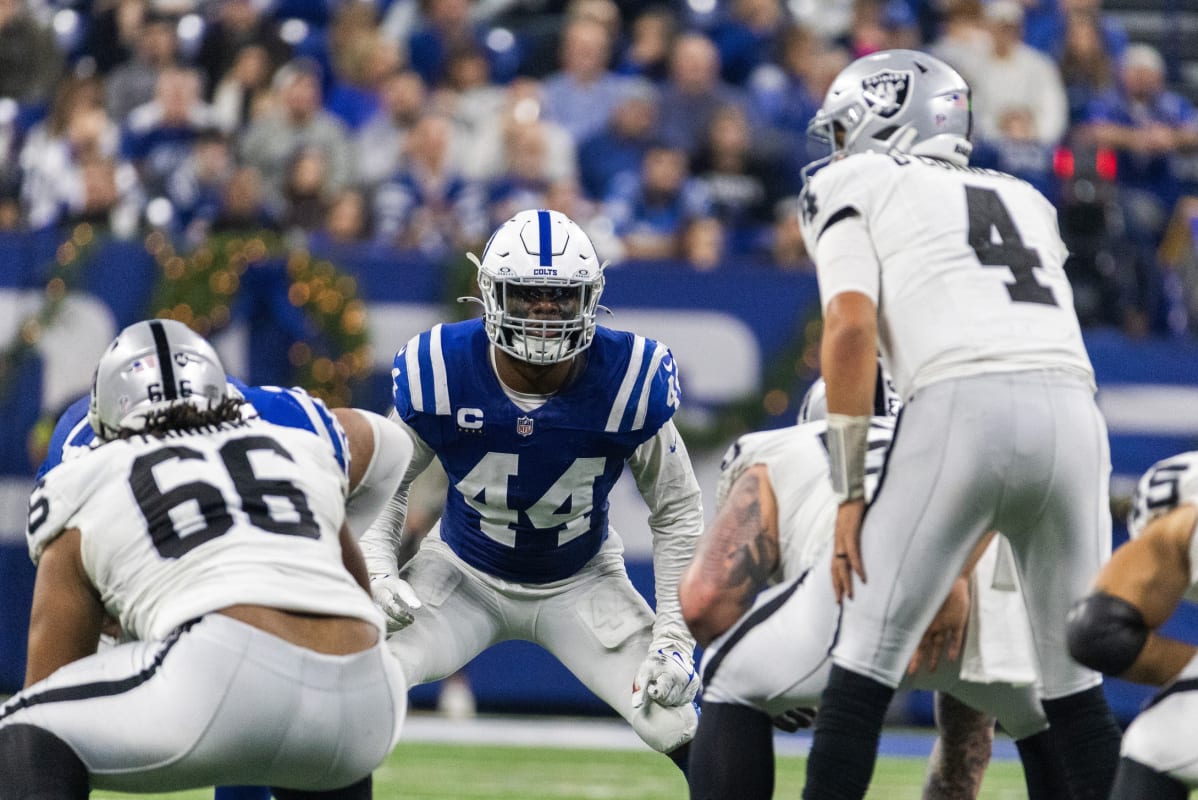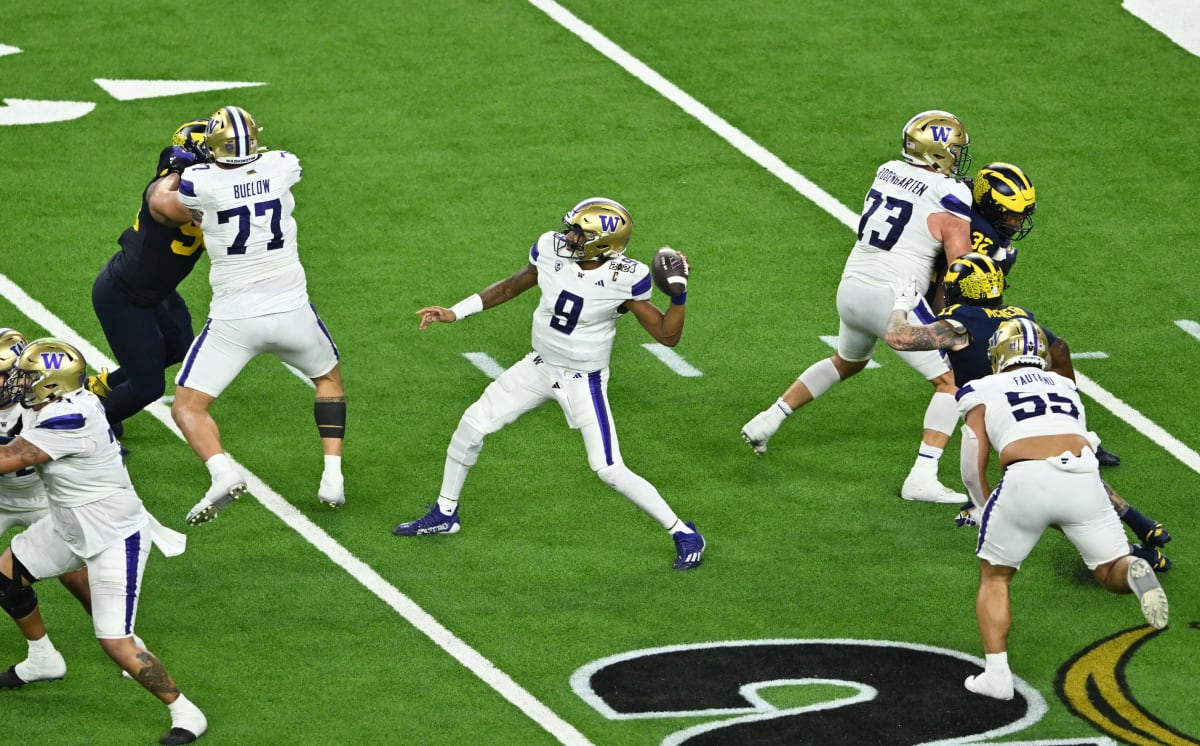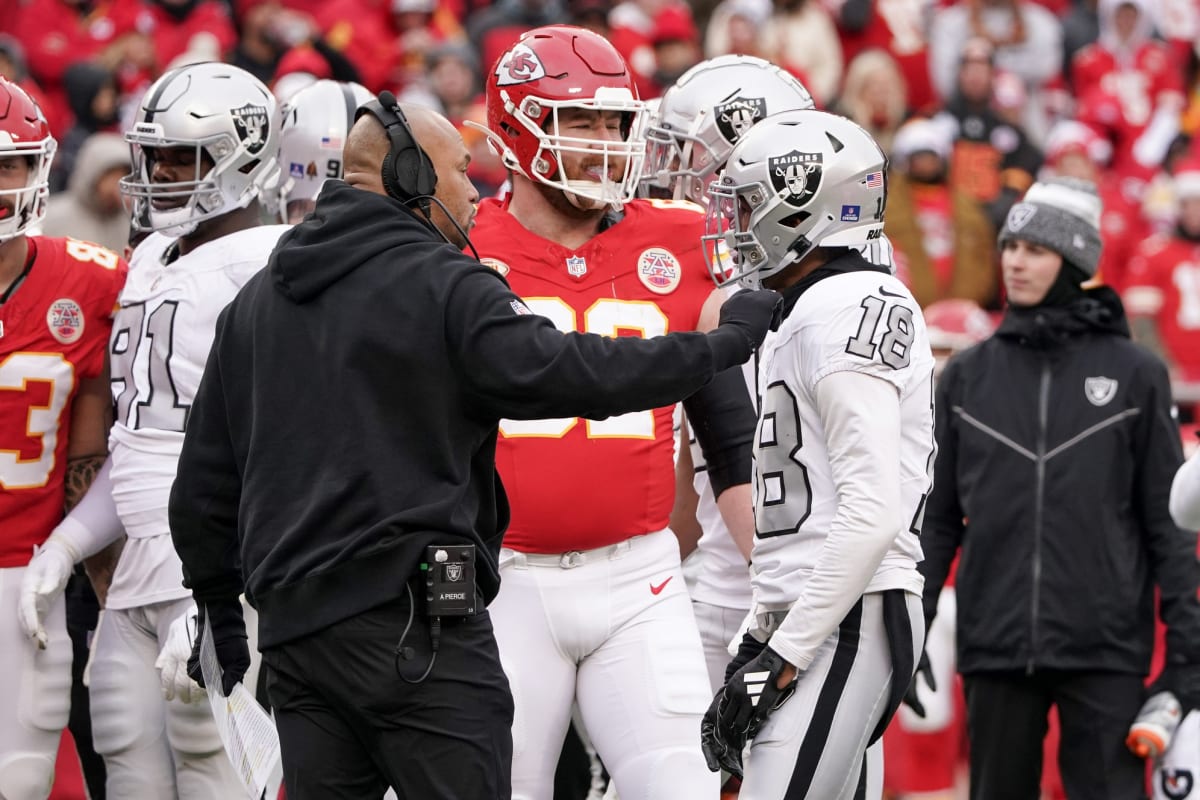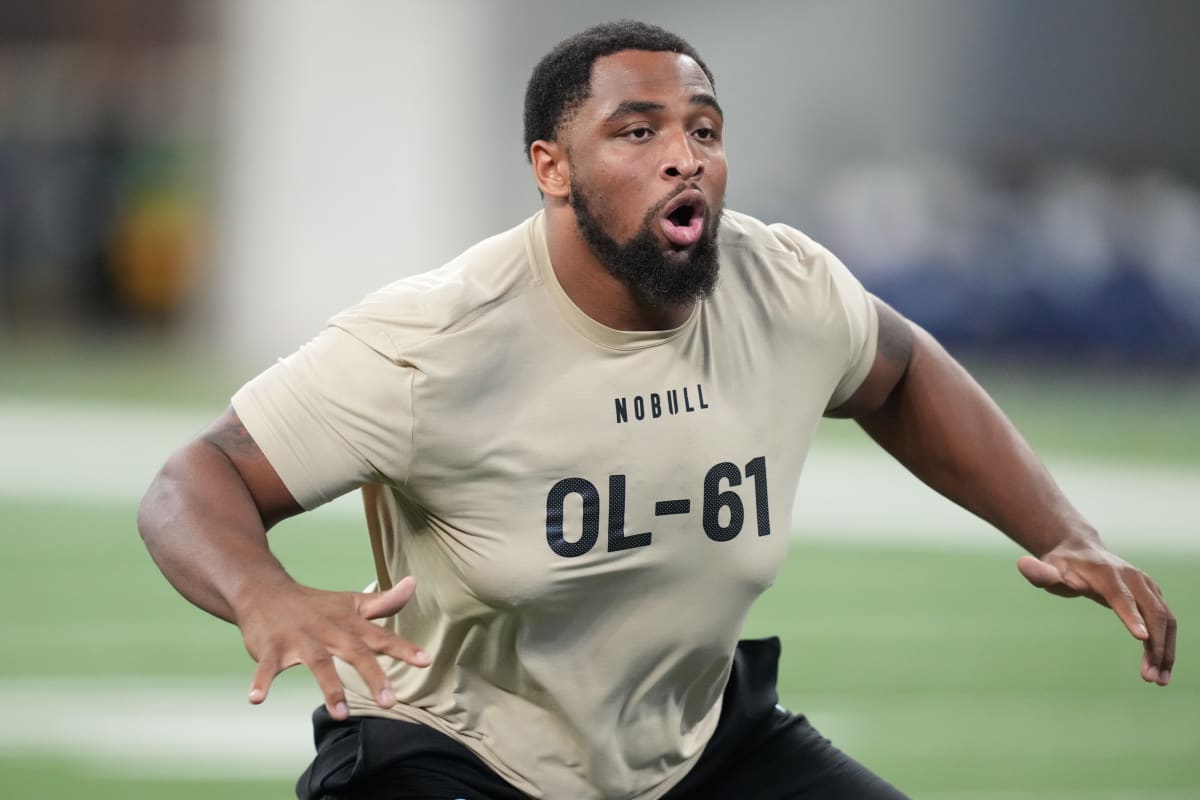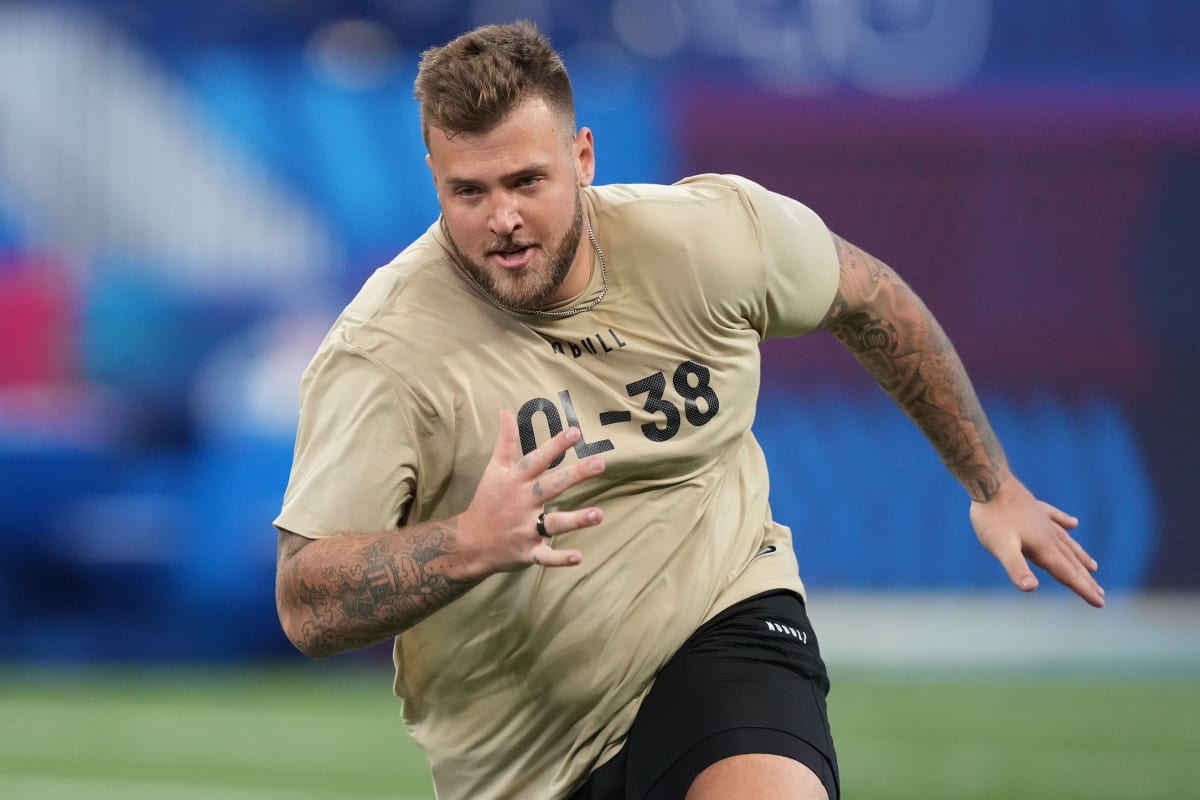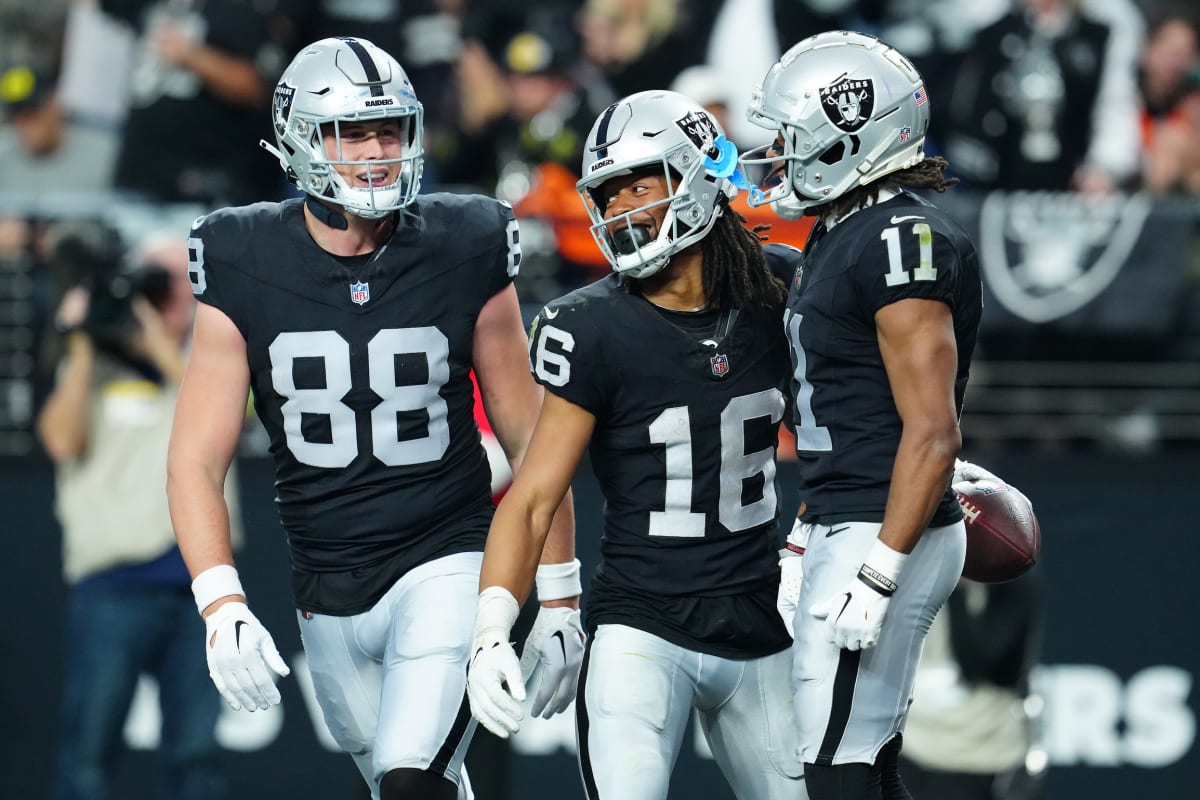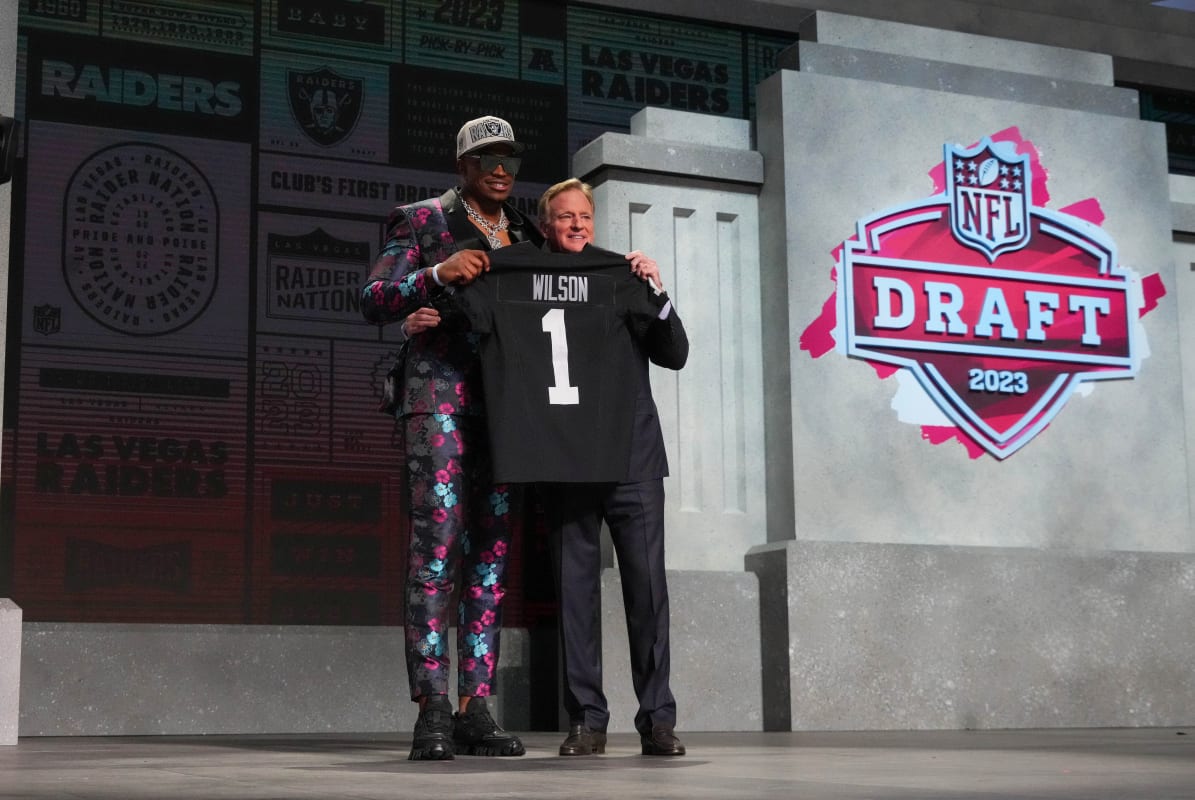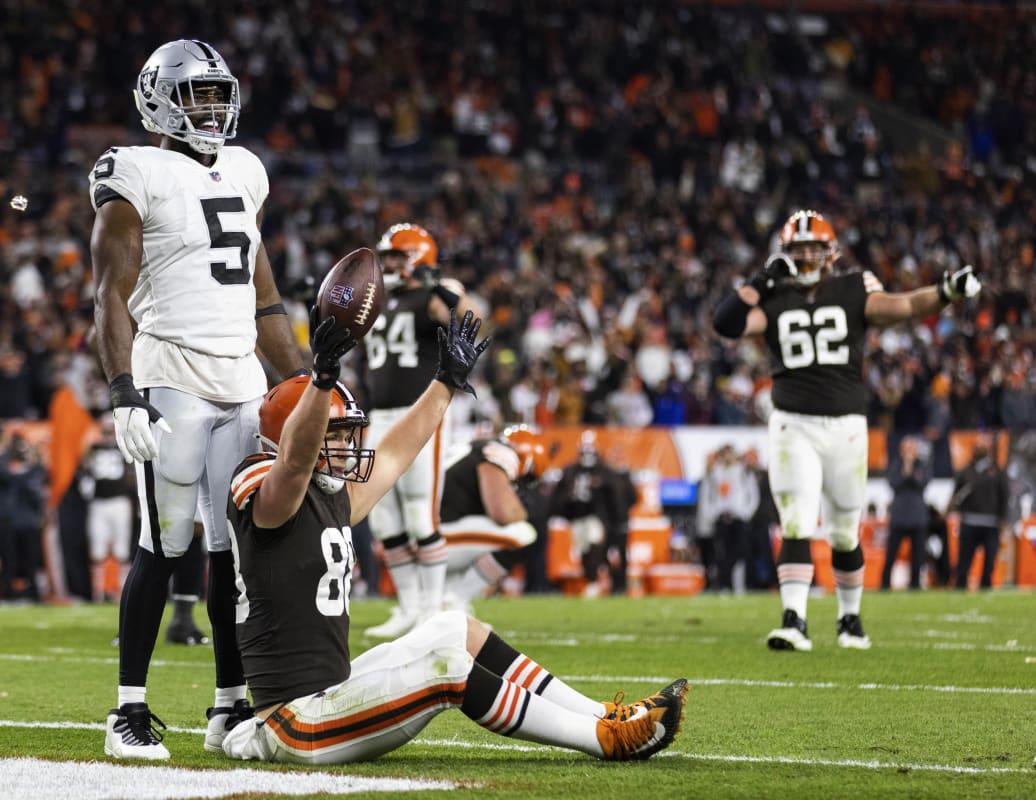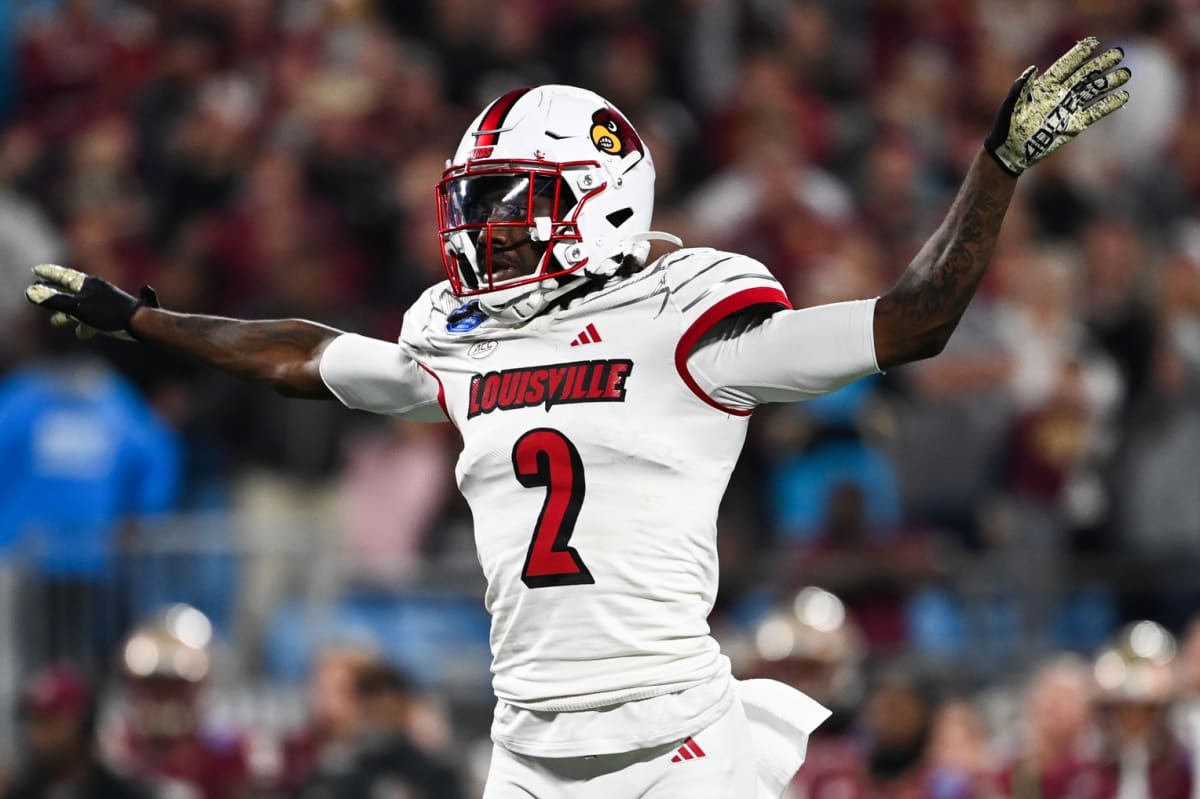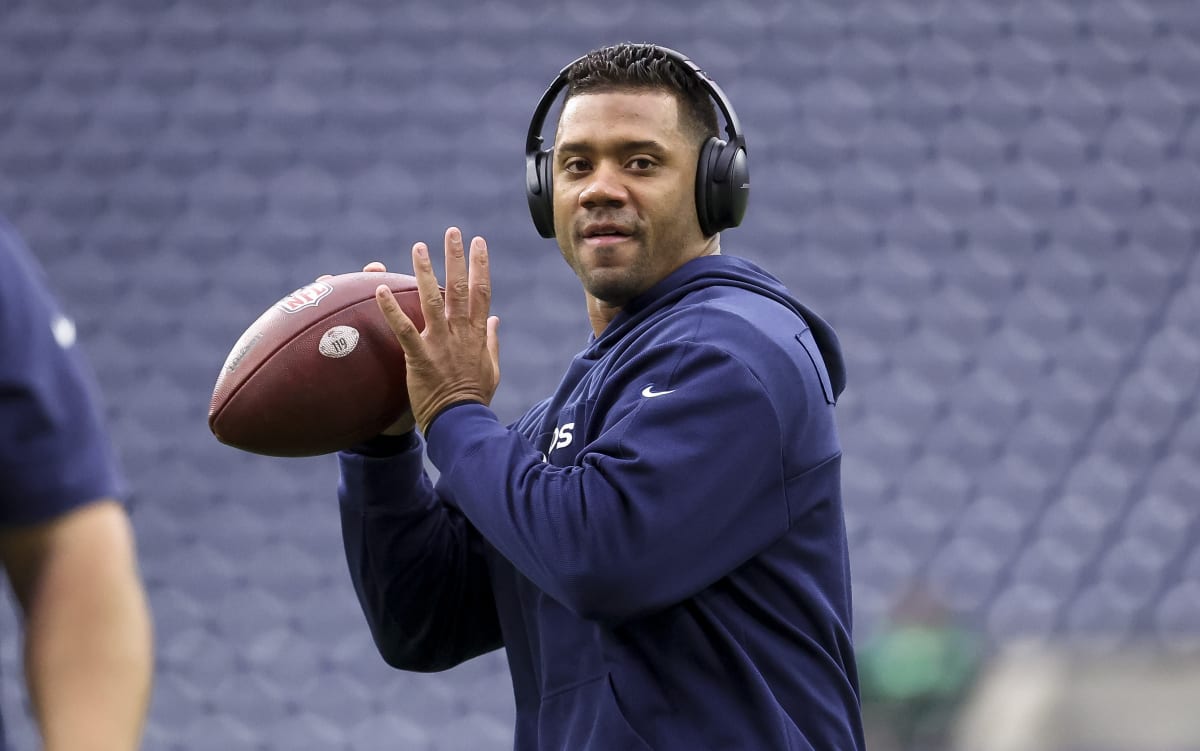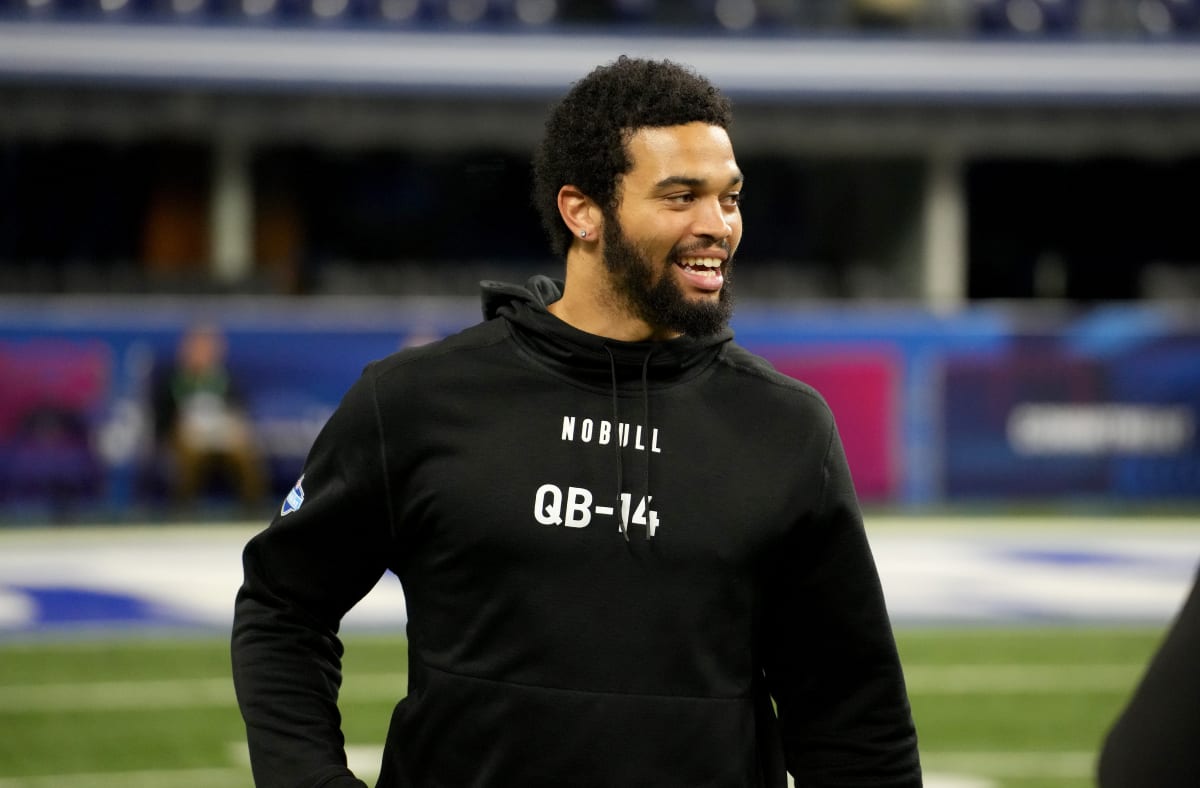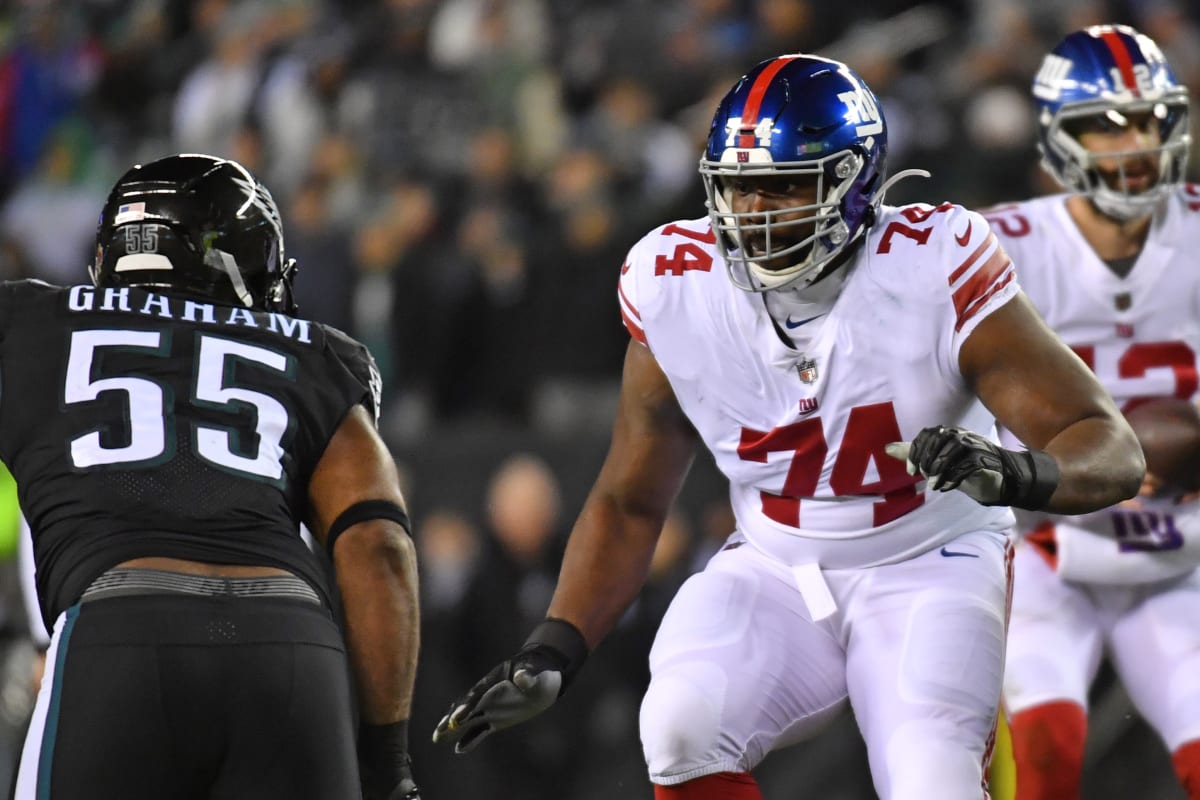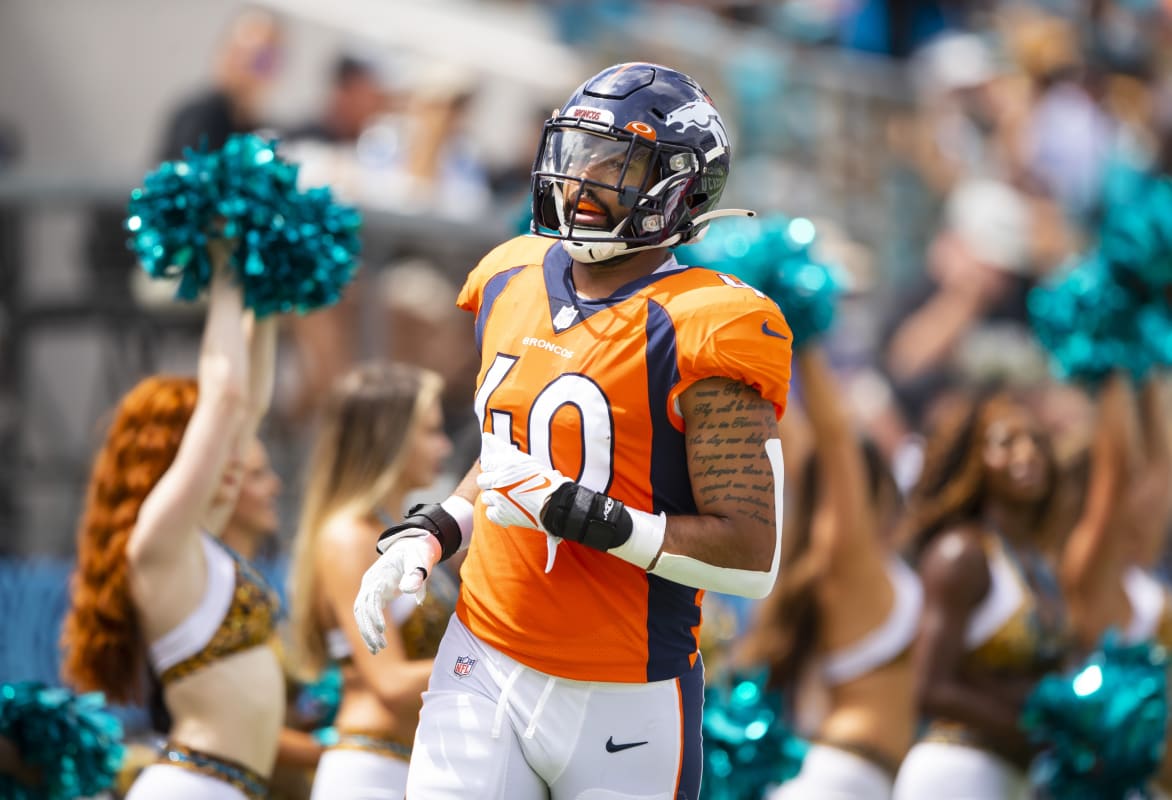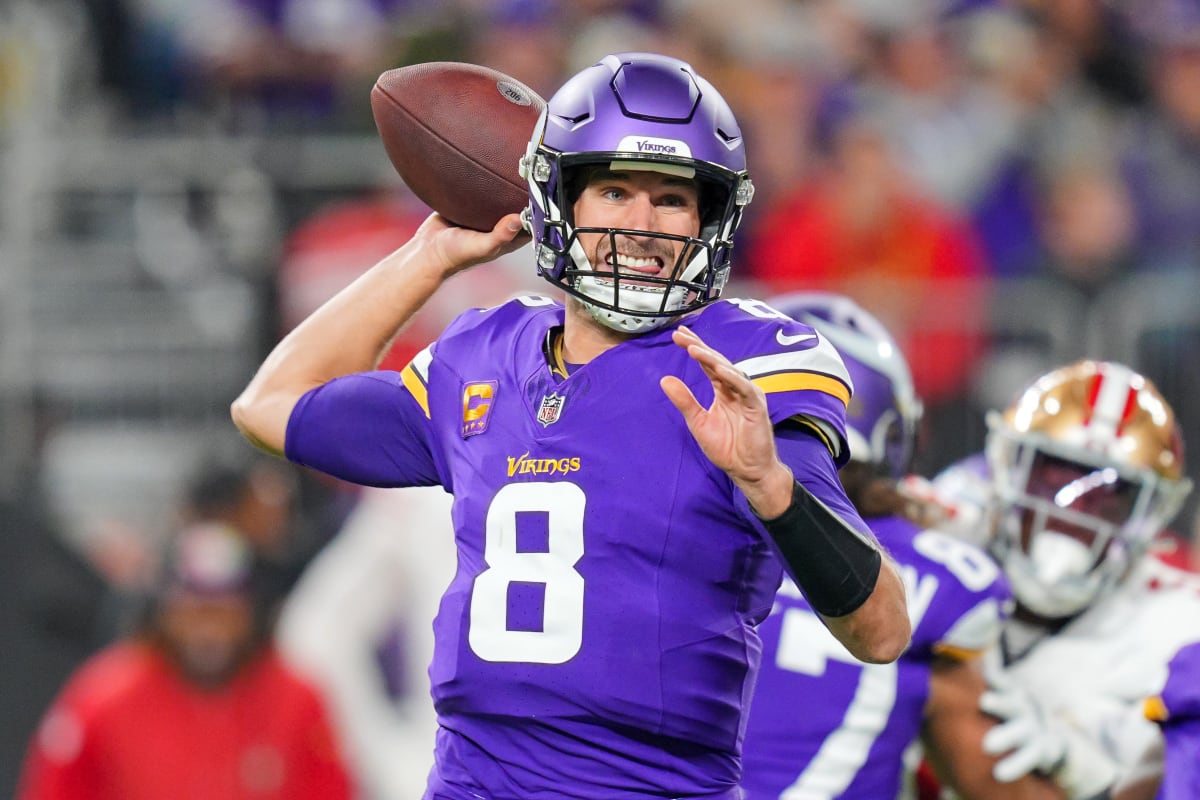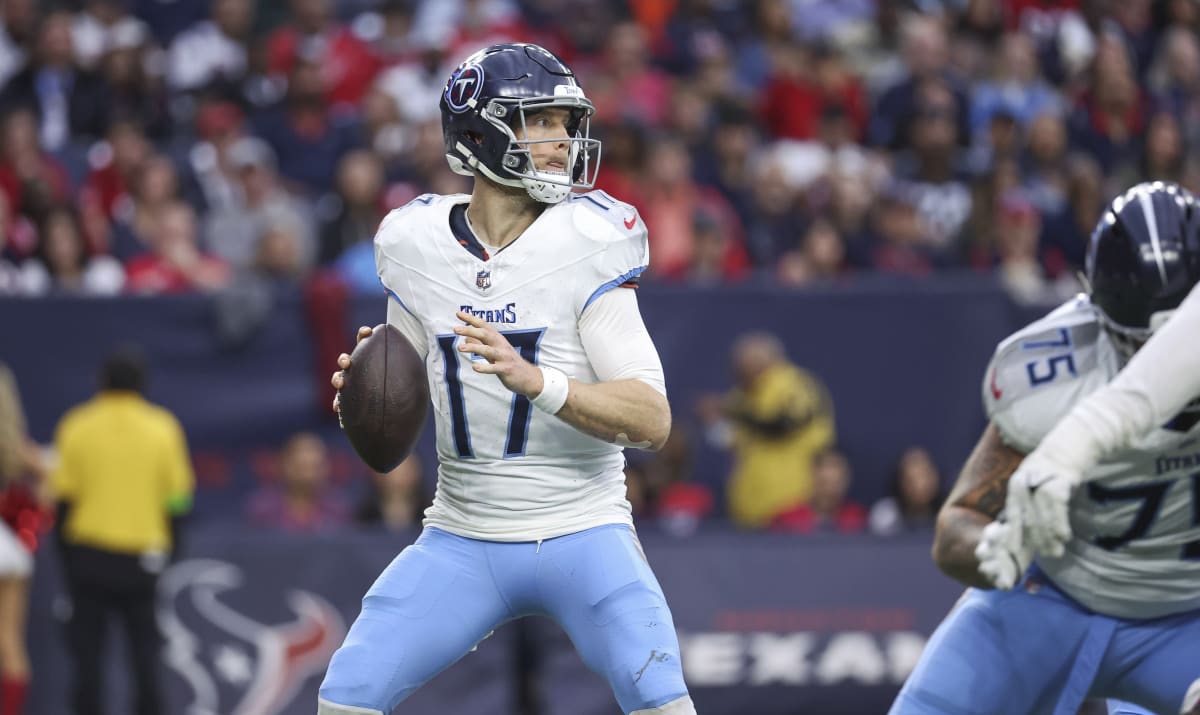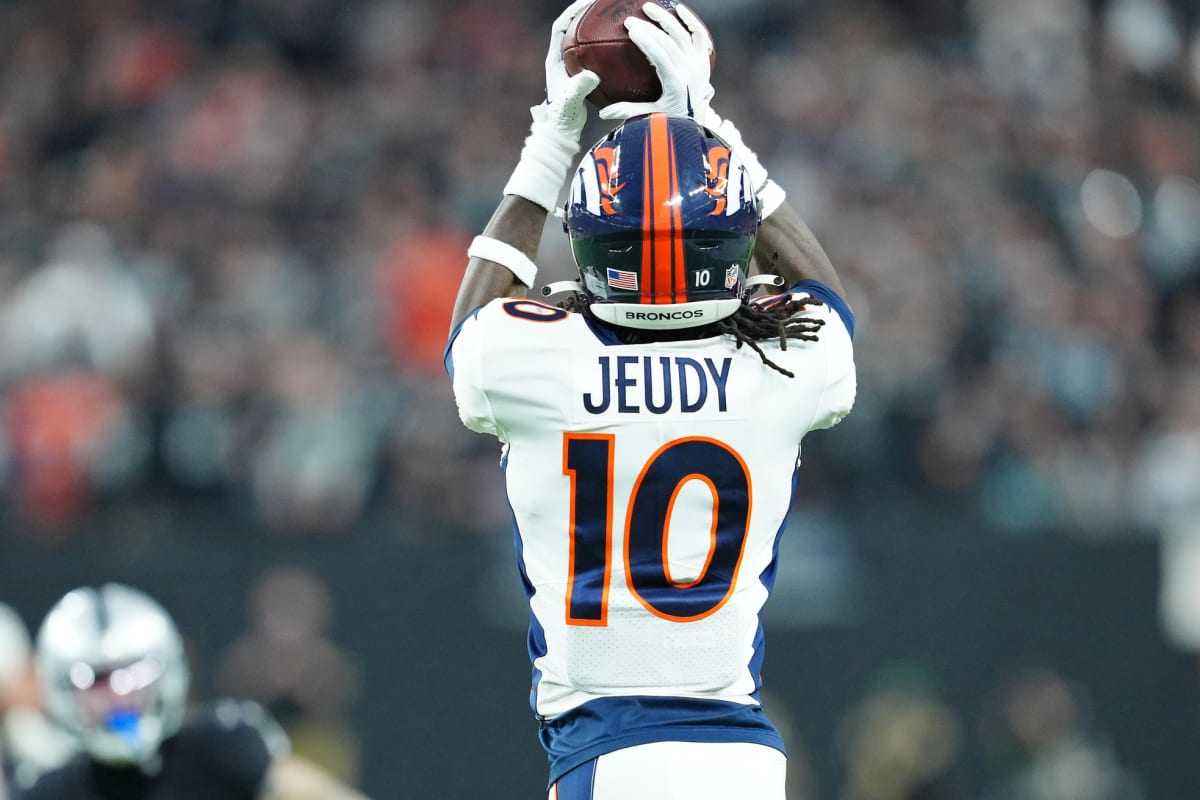PROVO (ABC4) – There’s nothing football fans fear more than seeing the star player of their favorite team hobble off to the sidelines after a non-contact play, clutching the back of their leg, with a facial expression suggesting a sharp pain behind their facemask.
The players fear it too; the dreaded hamstring injury.
While pulling or tearing a hammy is one of the most common injuries in football, and other sports that require explosive moments such as sprinting, it’s also one of the least understood. However, thanks to funding from the National Football League, physical rehabilitation researchers from Brigham Young University, combined with experts at the University of Wisconsin, the University of Michigan, and the University of Virginia are gathering data that could revolutionize treatment and evaluation of the soft tissue injury.
“It’s been an art and a science and we’re trying to really keep pushing the science part of it to improve how well we can take care of people,” BYU Athletics Rehab Coordinator Brett Mortensen explains to ABC4.com.
Going into the project, which has involved collecting baseline MRI scans on the hamstrings of all the Cougars’ football players and then subsequent scans after the occurrence of an injury, really only two things were known about hamstring injuries; they happen a lot and once it happens for the first time, it’s much easier for the muscle to be reaggravated again and again.
Even with surface-level data, the numbers show that it’s a big problem at the highest level of football. Through Week 6 of the 2021 NFL season, hamstring injuries have kept players out of practice or games 88 times this season. For some players, suffering the injury can be a reoccurring obstacle throughout their careers. For example, former BYU linebacker Sione Takitaki has missed three games in his three years with the Cleveland Browns. One was for COVID-19 related issues, but the other two were both due to hamstring troubles.
Using the data that BYU and the other universities are gathering through 2025, it is hoped that a better understanding can be reached as to what causes hamstring injuries and how they can be better treated. Not only will MRI scans be used, but researchers will also use a number of biometric tests and wearable technology to study the athlete’s running motion, length of stride, and even bone and muscle structure.
“By the time we’re done, it will be the biggest hamstring study that’s been done in the world,” Mortensen states of the mountainous task of compiling nearly 1,500 player years of data into the future findings.
A dramatic departure from the primitive days of ‘rubbing some dirt on it’ and gritting through injury, Mortensen believes this study is symbolic of the evolution in sports medicine science and technology. It may also influence the evaluation of an athlete before an NFL franchise invests millions of dollars in bringing them aboard a team, in addition to helping an injured player recover faster and with a more educated approach in their conditioning.
The research, which will heavily involve the participation of BYU undergrads, while funded and intended for the pros, will also trickle down to affect the health of the Average Joes who may not have the resources to get an MRI after a Frisbee game in the park-related injury, Mortensen says.
“Best practices are going to make their way to anybody who has that kind of injury,” he states. “It’s not common, every time someone gets a pulls the hamstring to run and get an MRI and get all the specifics. In the setting we’re at, people won’t all go get MRIs, but their treatment will be based on hundreds, if not thousands, of MRIs that have been done to quantify where they’re at and how they should proceed.”
While most of the Cougars on the football squad won’t need to ever see their name on an NFL injury chart, the work they and the research team at the school are doing will hopefully keep many others off the list too. Should things go well in the data collection, the research findings could have an impact on nearly every athlete who runs and jumps all around the world.
“One of the most exciting things is we get to be on the front end of not only how do we prevent the injury but also how do we assess the injury once it’s happened and assess the ability to get back safely to athletics,” Mortensen gushes. “We get to be part of a small group that gets the chance to influence how everybody else in the NCAA and probably at different places around the world treats hamstring injuries.”









